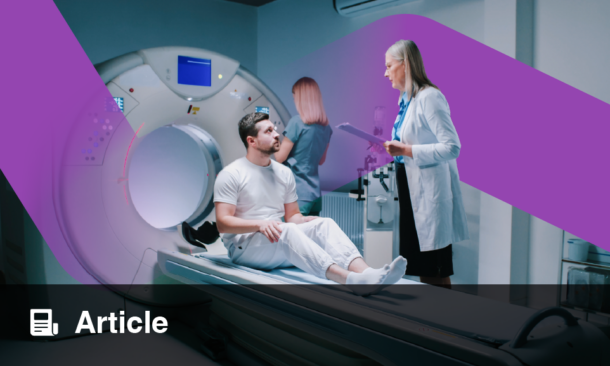THE USE of 3D printing in healthcare significantly increases user confidence and saves time during medical procedures, according to a recent study. The research has shed light on the growing role of 3D printing in clinical settings, particularly through an analysis of the first three years of data from the RSNA-American College of Radiology (ACR) 3D Printing Registry.
The RSNA-ACR 3D Printing Registry was launched in 2020 to collect standardized data on 3D printing in healthcare, offering insights into how the technology is being used in practice. The study analysed data from 20 sites and 2,637 cases, including 1,865 anatomical models and 774 anatomical guides, providing a detailed look at the trends and impacts of 3D printing in medical procedures.
The findings revealed that cardiac models are the most commonly used 3D printed models, accounting for 27.2% of all models, while neurologic guides are the most frequently used guides, making up 42.4% of all guides. The study also found that material jetting, vat photopolymerization, and material extrusion were the primary printing techniques used in 85.6% of the cases.
One of the key takeaways from the study is the impact of 3D printing on procedure efficiency and clinical confidence. Providers, including physicians, spent an average of 92.4 minutes per case, while non-providers, such as technologists and engineers, spent an average of 335 minutes. Despite the longer time investment by non-providers, the use of 3D printing led to significant time savings during procedures, averaging 26.1 minutes saved per case, with an estimated total savings of 2,511 USD compared to staff costs of 605.79 USD.
Moreover, the study highlighted that clinical users reported increased confidence in treatment plans after utilising 3D printing, with statistically significant results (p < 0.001). The research team emphasised that the findings provide a valuable snapshot of how 3D printing is being practised across institutions, potentially guiding future advancements and quality improvements in the field.
“For some institutions, the data may highlight opportunities to expand into new clinical areas,” commented the authors. “For others, it may emphasise the role of certain printing technologies and guide the further evolution of 3D printing labs.”
As 3D printing continues to gain traction in healthcare, this study underscored its potential to revolutionise treatment planning and procedural efficiency, benefiting both providers and patients alike.
Victoria Antoniou, EMJ
Reference
Wang KC et al. Demographics, utilization, workflow and outcomes based on observational data from the RSNA-ACR 3D Printing Registry. J Am Coll Radiol. 2024;DOI:10.1016/j.jacr.2024.07.019.








